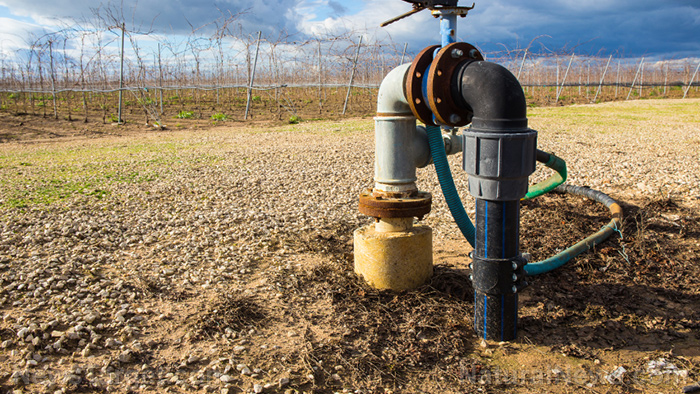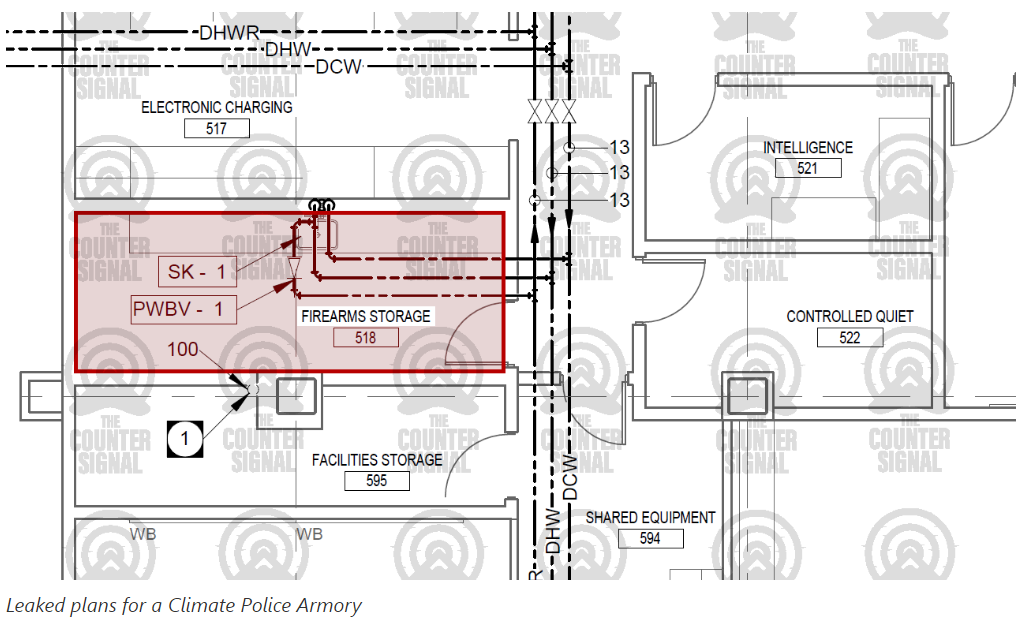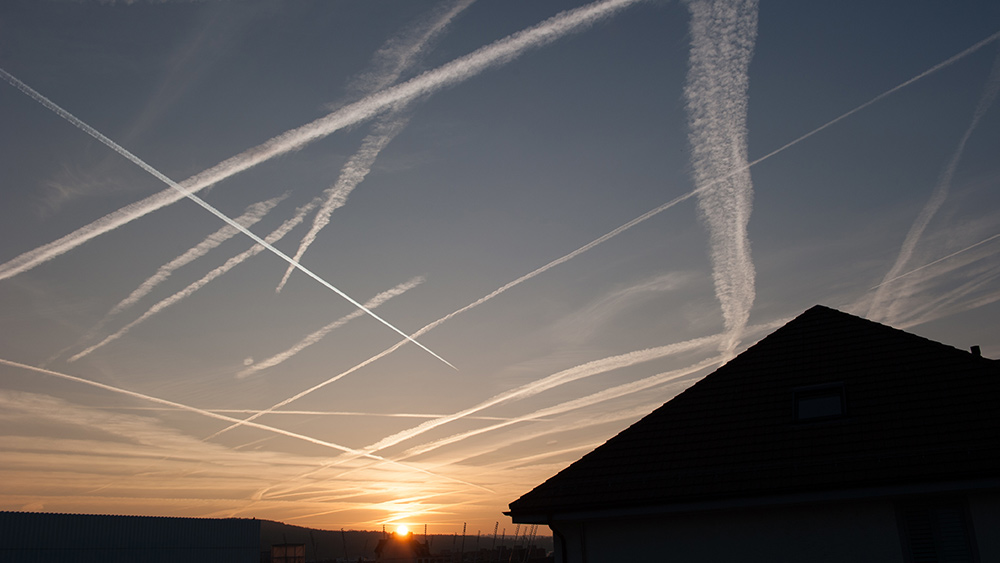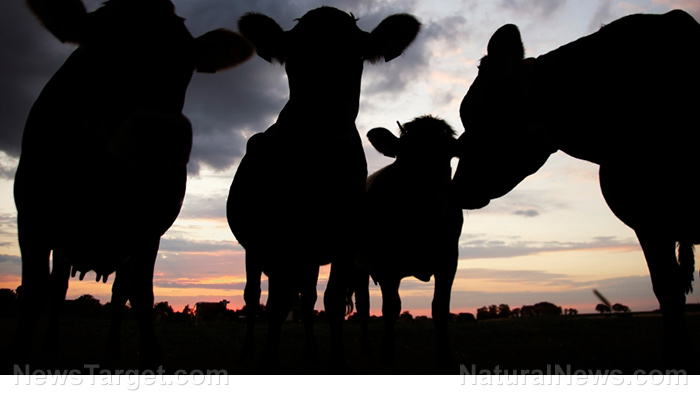Power grid collapse looms: Drought forcing drastic cuts in hydroelectric power generation
08/24/2022 / By Mary Villareal

Low water levels are already causing problems with crop yields in the western part of the United States. An expansive, decades-long drought is also forcing drastic cuts in hydroelectric power generation.
Water is critical in generating electricity. Around 40 percent of water withdrawals – freshwater taken out of ground or surface water sources – in the U.S. go toward energy production, with a large majority of the shares used to cool down power plants. This process also requires energy to extract, purify, transport and deliver water to different areas.
However, the United Nations Environment Program warned earlier this month that if the dry conditions continue, two of the largest hydroelectric reservoirs in the U.S. – Lake Mead and Lake Powell – could eventually reach “dead pool status.” This means that water levels get too low to flow downstream, stopping energy generation.
The Bureau of Reclamation said that 950 feet is the lowest water elevation at which Lake Mead can generate power. It is currently only at 1,040 feet.
Lake Powell is in an even worse shape. If the water level falls another 32 feet, the dam will no longer be able to generate electricity.
“Water supplies for agriculture, fisheries, ecosystems, industry, cities and energy are no longer stable given anthropogenic climate change,” said Bureau of Reclamation Commissioner Camille Calimlim Touton.
Lake Mead fuels the Hoover Dam, which has a power capacity of over 2,080 megawatts, enough for 1.3 million Americans to use in a year. Lake Powell, on the other hand, fuels Glen Canyon Dam, which drives generators that go up to 1,300 megawatts.

When these energy sources stop generating power, there will be bigger problems to face in the next months as the cold weather approaches.
Doug Greenland, general manager of the Cortaro Marana Irrigation District (CMID), said that having low water levels is a big issue. “As an irrigation district, all of our power comes from Hoover Dam and we’re obviously watching the water level there very closely.”
The district supplies water not only to communities in Arizona but also irrigates over 10,000 acres of farmland.
Arizona to buy more expensive energy if dams fail
Lea Marquez Peterson, chairwoman of the Arizona Corporation Commission, said people may not realize that a lot of the inexpensive hydroelectric power from the dams came from the two lakes.
She added that public utilities and rural electric co-ops tend to use the power from hydroelectric dams, and the areas that are served by the co-ops may have to buy more expensive energy if there’s a shortfall on the market.
Arizona allocated nearly 19 percent of the energy generated at Hoover Dam. A study from 2015 showed that customers would see a nominal increase in their electric bills if Glen Canyon Dam stopped producing electricity. However, there is a ripple effect. (Related: A horrifying drought is causing widespread crop failures throughout the United States and Europe.)
Marquez Peterson said those in rural communities, retirees on a fixed income, agricultural users and small businesses who rely on clean utility power can be affected and must be prepared.
The problem is not limited to the U.S. either. Extreme weather around the world is causing all sorts of stresses to energy grids, with France needing to curb output from its nuclear power plants to maintain ideal temperatures and has received allowances to discharge hotter water back into rivers to meet their energy demands.
Low water levels in the Rhine River is also threatening to disrupt coal and gasoline shipments in Germany.
As average temperatures continue to rise, many parts of the globe will see energy demands grow while supplies remain constrained as water remains a key factor for both sides.
Visit PowerGrid.news for more news related to the power grid.
Watch the video below to see how dire the situation already is at Lake Mead.
This video is from the Red Pill channel on Brighteon.com.
More related stories:
Low runoff from the Colorado River threatens water shortage across 7 western states.
Water shortage on the Colorado River poses severe challenge for Arizona farmers.
Federal government to make major cuts in water deliveries to Western states.
Sources include:
Submit a correction >>
Tagged Under:
big government, chaos, Climate, Colorado River, crisis, disaster, Drought, Ecology, environment, Hoover Dam, hydroelectric power, Lake Mead, Lake Powell, panic, rationing, scarcity, tap water, water cuts, water reservoir, water shortage, water supply, Water Wars, western states
This article may contain statements that reflect the opinion of the author



















